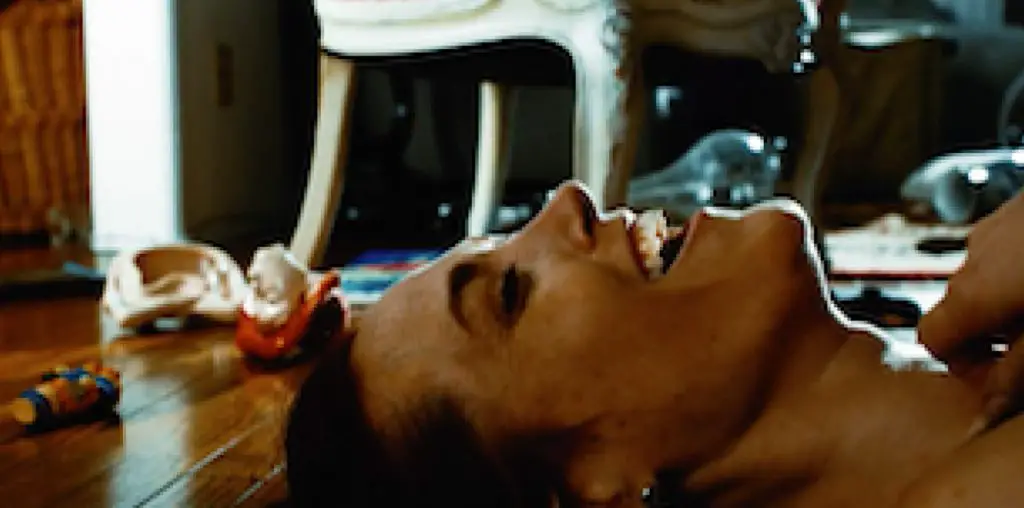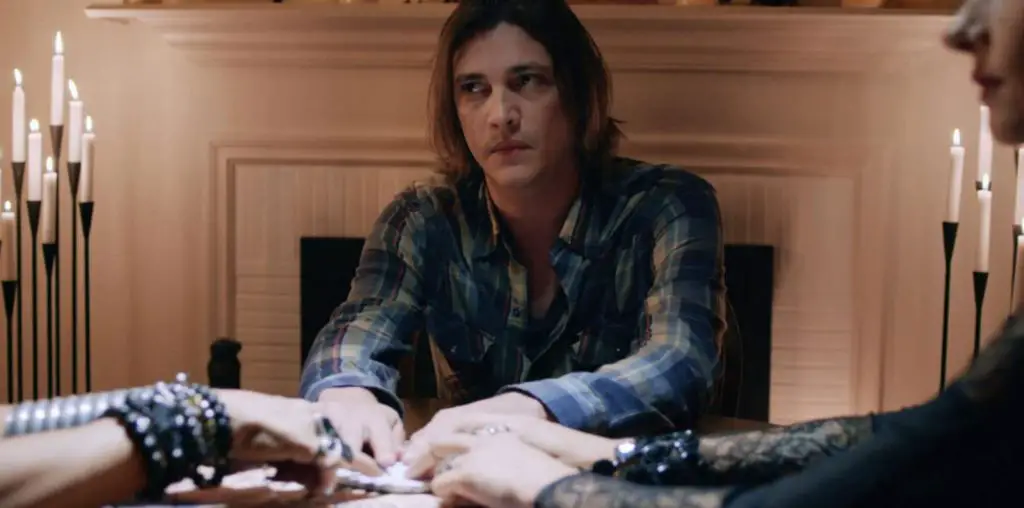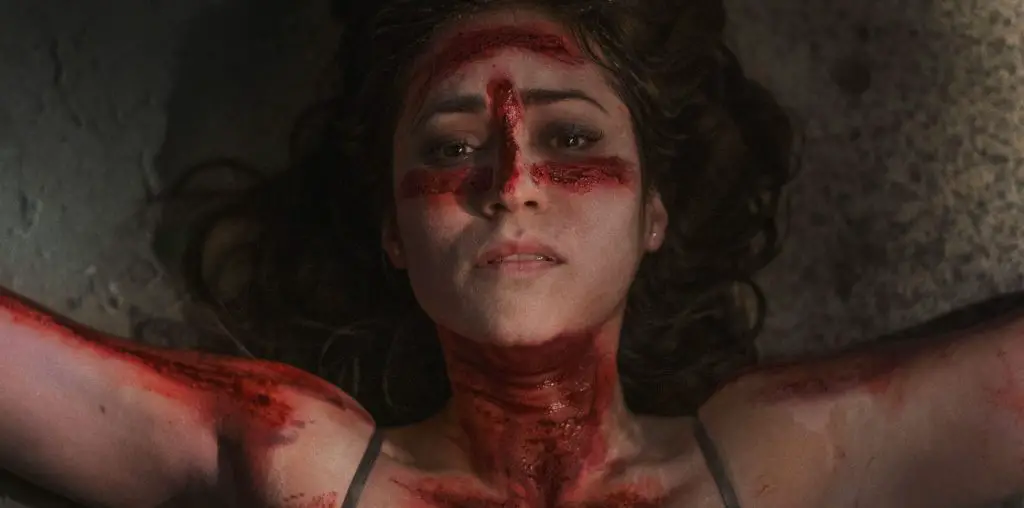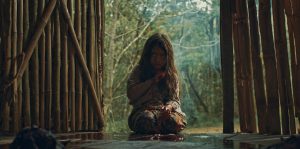
It takes a good 40 to 50 minutes for anything disturbing to start in the Malaysian horror film Roh (Soul, though the word translates to “spirit”). Of course, there’s always the danger that the feature could be dull until the creep factor kicks in, as that is around half its runtime. But Emir Ezwan has written compelling characters who are easy to empathize with while keeping the tension high, ably capturing the isolation of the forest setting. So, once the horror rears its creepy head, it proves more than worth the wait.
The film follows single mother Mak (Farah Ahamd) and her two children, Along (Mhia Farhana) and Angah (Harith Haziq), as they try to get by every day on little more than scarps. One day though, the siblings discover a wayward, mute girl lost in the woods. In hopes of getting her help, the kids bring her home, where Mak offers the child, who they dub Adik (meaning little sister, played by Putri Qaseh), some food. After failing to get any information out of her, the family allows her to stay the night.
A spirit hunter, Pemburu (Namron), stops by in the morning, searching for the girl. Shortly after that visit, Tok (June Lojong) shows up, asking about both the hunter and Adik. Now, inexplicable and creepy things are happening to Mak, Along, and Angah, the worst of which is Along becoming sick and vanishing. Why is this happening to them? How is Adik intertwined with the supernatural events transpiring?
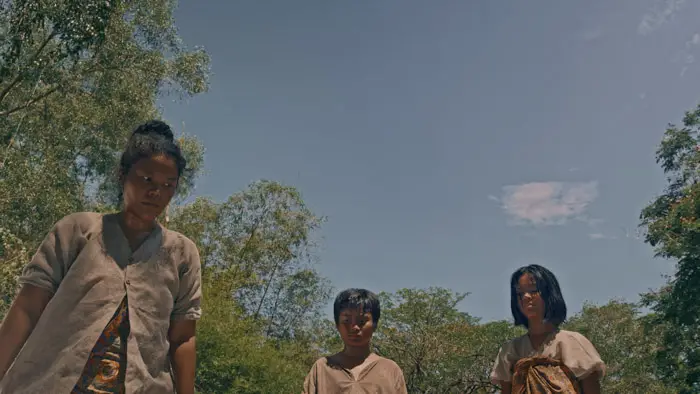
“…the siblings discover a wayward, mute girl lost in the woods.”
Ezwan, whose script for Roh is based on a story by himself, Nazri M. Annuar, and Amir Hafizi, keeps the story grounded; well, as grounded as possible. While there are spirits, supernatural events, hauntings, witches, and curses, these serve the larger narrative of watching this family rip at the seams. Buried resentments come up, long-held silences are broken, and the fragile stability of Mak, Along, and Angah is just as in peril as their lives are. This ensures that every twist and turn relates to the characters and either emboldens their actions or drags them down.
The cast is pretty stellar, with Qaseh and Farhana both being utterly brilliant in their respective roles. Reinchez Ng’s score is evocative and eerie, underlining the fraught tension with palpable dread. But the most important element to the film’s success is the cinematography. Director of photography Saifuddin Musa captures the natural browns and yellows of the forest in a haunting way, creating individual scenes of jaw-dropping beauty and power. The visuals are where the true terror lies, and the crew maximum that to its fullest extent.
However, there are a few minor faults within Roh. The first is some off subtitling that does not flow well or has grammatical errors. A few lines, such as “I’m going to the woods,” turn out like “I going to woods.” While nowhere near a dealbreaker, it does take viewers out of the film when they occur. Then there are the more nuanced issues, such as word choices. For example, during a stern conversation, both Mak and Along use the word “prostrate.” The problem is that it has some four or five different meanings. In context, after thinking about it for a moment, one can figure out which definition is intended. But by the time that happens, several lines have gone by. Plus, the usage here is one of prostrate’s earliest usages and is hardly used in this manner anymore. While not the only example of such, this is the most egregious and confusing one.
Roh slowly builds to the cathartic release of scares genre aficionados carve. But, those watching will be invested thanks to the strong writing and characterizations, stunning score, and beautiful cinematography. While the subtitling occasionally gets lost in translation, they do not interrupt the sheer power and terror on display.
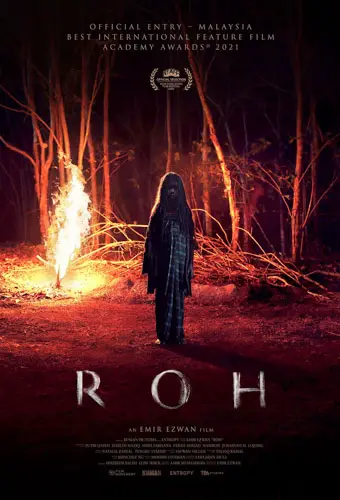
"…the visuals are where the true terror lies..."
